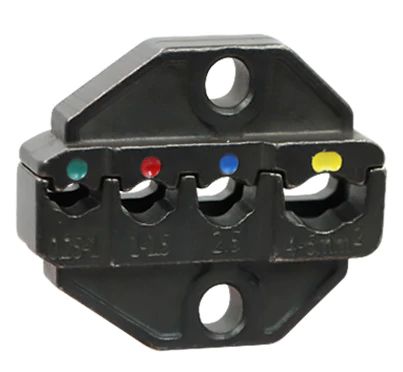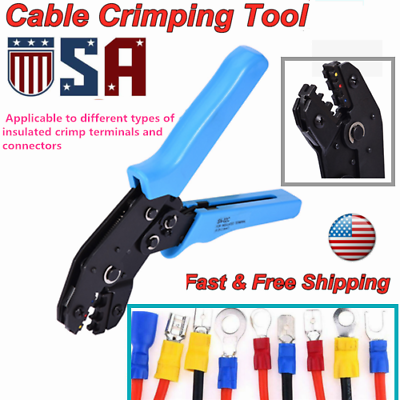Short answer: choose a quality brand suitable for 230VAC applications, buy their crimp tool and butt splice crimp connectors. For example, the Thomas and Betts WT112M Sta-kon crimper

and crimp butt splices

making sure you buy the right size splices for the wiring you're splicing.
The insulated crimps are popular, and they're color coded for the wire size. The non-insulated are cheaper and crimp on more securely, but you have to insulate them with tape, heat shrink, or etc.
If space is really tight, stagger your splices if possible so they aren't all on top of each other.
There are other consumer / hobbyist products in other answers, but you are better off using professional grade products that satisfy stringent code requirements - even if you're in a situation or area that doesn't have strict code enforcement.
Now for a deep dive...
There are an awful lot of ways to connect two wires. I will try to talk you out of some of the popular junk you'll find online. If it seems like more trouble than it should be, consider that it might be worth a little extra trouble to avoid starting a fire.
You'll want to make sure you select a product that's rated for the application - for the voltage and current present, and any environmental factors (wet locations, etc.)
You'll also want to make sure the connectors you use satisfy whatever local codes govern house wiring etc. These codes in many places would require that the product you use are certified testing by some testing agency. For example in the US, the National Electrical Code (NEC) would require these connectors be listed - that is, tested by a lab that the local authorities accept, such as Underwriter's Laboratories.
In fact, the NEC would also require you to use the listed product according to the manufacturer's instructions. The instructions will usually list exactly which tools you're permitted to use. That's how strict the rules really are. That may seem silly, but the tolerances of these tools are actually pretty tight, you need to make sure you get a secure crimp without overcrushing the terminal.
Your electrical code may also restrict where these connections can be made, for example, it may prohibit these connections in conduits, or require that the connections be inside junction boxes or enclosures.
The bullet connectors in your post are handy when you have to occasionally disconnect and reconnect the wiring, but that's not usually a consideration when you're wiring a light. Usually for house wiring, security and reliability of the splice / connection is by far the most important consideration.
That's an awful lot and seems like way too much fuss over a few simple connections, but bad connections really do cause fires. It's just not that hard to do things right, follow all the rules, so I'd say, don't cut corners and use whatever crap presents itself to you on Amazon. Just because it works for kid's school science projects running on 9-volt batteries doesn't mean it's a safe choice for your 230V house wiring.
So here's what I do, and what I recommend. Find a local electrical supply that stocks and sells products that work with your local laws codes and requirements, and use the brand that they stock. Buy the crimper and terminals the same brand. For example I can buy Ideal brand locally, it's a reputable brand, reasonably priced, and works and complies with code for my purposes. So I bought the Thomas and Betts Sta-kon crimp tool years ago, and have bought all kinds of Sta-kon crimp terminals over the decades, Sta-kons were around before I started crimping wires and I bet will be available to whoever's using this tool long after I'm gone.











